Can You Eat Succulents: Information About Edible Succulents You Can Grow
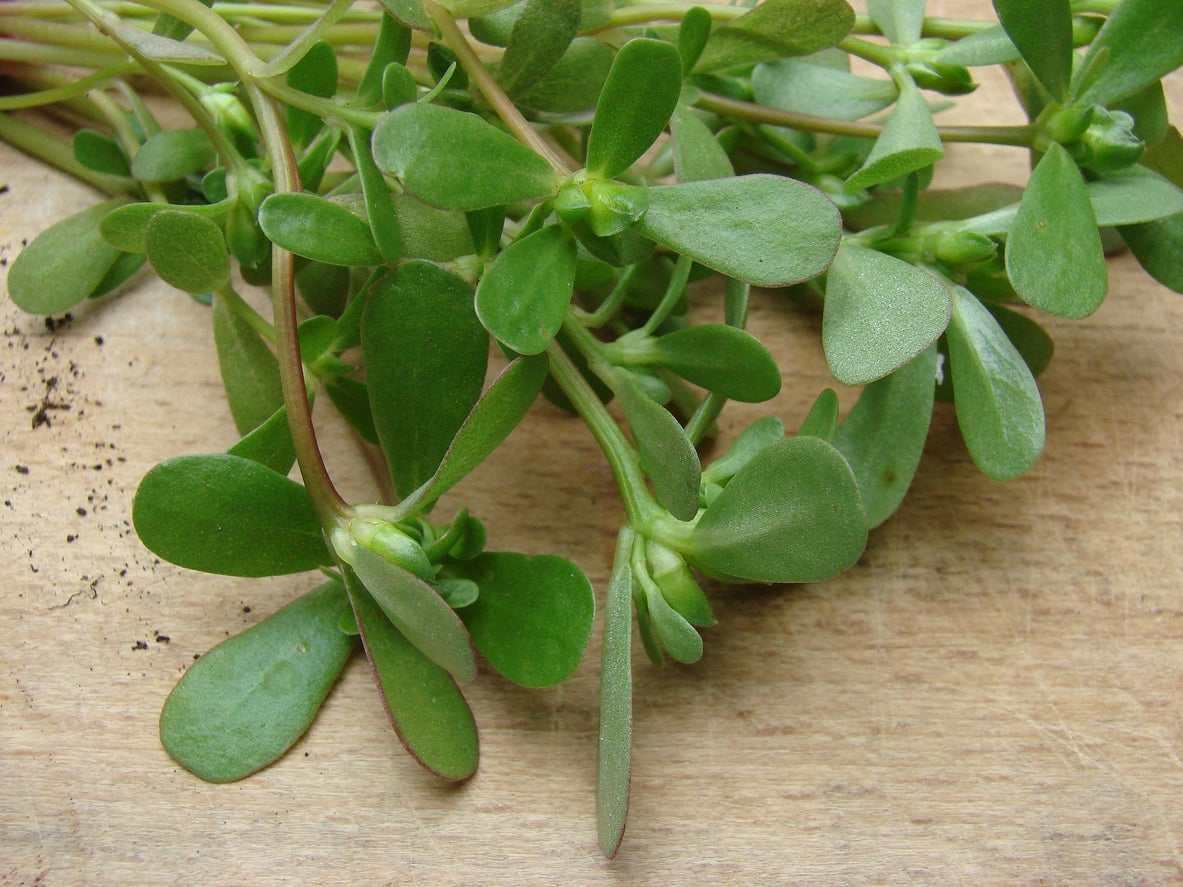

If your succulent collection seems to grow disproportionately to your other houseplants, you may hear comments like, why do you have so many? Can you eat succulents? Maybe you’ve not heard that one yet, but it never hurts to be prepared with an answer. You may even be surprised at the answer.
Seriously, has it occurred to you to eat your succulent plants? Research indicates that there are several types of succulents you can eat. Let’s take a look at edible succulents.
Eating Succulent Plants
Not only are some succulent plants edible, but they provide some nutritional elements to your diet. Some are said to lower cholesterol and blood pressure and reduce coughing. Here are some of the types of succulents you can eat:
- Sedum: Among the largest group of succulent plants, there are likely several types of sedum in your collection. These low-maintenance specimens are said to be edible. The yellow-flowering types should be cooked before consuming. You may add leaves, flowers, stems, or even seeds to salads and smoothies. These have a slight peppery taste. Some are bitter. This bitterness can be reduced by stir-frying or steaming.
- Prickly Pear Cactus: A favorite ornamental plant, prickly pear is known for its juicy and edible fruits. Peel and eat raw or grilled. This provides the body with vitamin C and beta-carotene that improves vision and decreases inflammation. The pads are edible too.
- Dragon Fruit: Another commonly grown succulent is the pitaya dragon fruit. Scoop out the white pulp and consume raw. You may also add to smoothies or soups. Antioxidant rich and promotes good bacteria in the gut.
- Salicornia: This succulent plant can be eaten raw or cooked. Similar to spinach, it can be eaten the same way. Sauté it or add it to salads uncooked.
- Purslane: Whether you think of it as a weed in the garden or choose to grow it, purslane (Portulaca oleracea) makes a nice substitution for spinach, eaten raw or cooked.
Eating succulent plants may not be the best result of your time and the care spent on growing them. However, it is an interesting fact and something you may want to share with succulent-growing friends. If you do choose to sample your succulent leaves, be sure to research first to see how they should be prepared.
Disclaimer: The content of this article is for educational and gardening purposes only. Before using or ingesting ANY herb or plant for medicinal purposes or otherwise, please consult a physician, medical herbalist, or other suitable professional for advice.
Gardening tips, videos, info and more delivered right to your inbox!
Sign up for the Gardening Know How newsletter today and receive a free copy of our e-book "How to Grow Delicious Tomatoes".

Becca Badgett was a regular contributor to Gardening Know How for ten years. Co-author of the book How to Grow an EMERGENCY Garden, Becca specializes in succulent and cactus gardening.
-
 Looking For Plants To Give You The Soft And Fuzzies? Try These 5 Fuzzy Leaf Plant Options
Looking For Plants To Give You The Soft And Fuzzies? Try These 5 Fuzzy Leaf Plant OptionsLovers of texture, drama, silver foliage and tactile plants will adore these special sensory garden additions. These fuzzy leaf plant options will leave you all aglow
By Susan Albert
-
 Get Ready For A Summer Of Hummers! Grow These Full Sun Hummingbird Plants and Flowers
Get Ready For A Summer Of Hummers! Grow These Full Sun Hummingbird Plants and FlowersIf you’re lucky enough to enjoy a sunny backyard, make sure you are maxing out on your pollinator opportunities and grow these full sun hummingbird plants and flowers
By Tonya Barnett
-
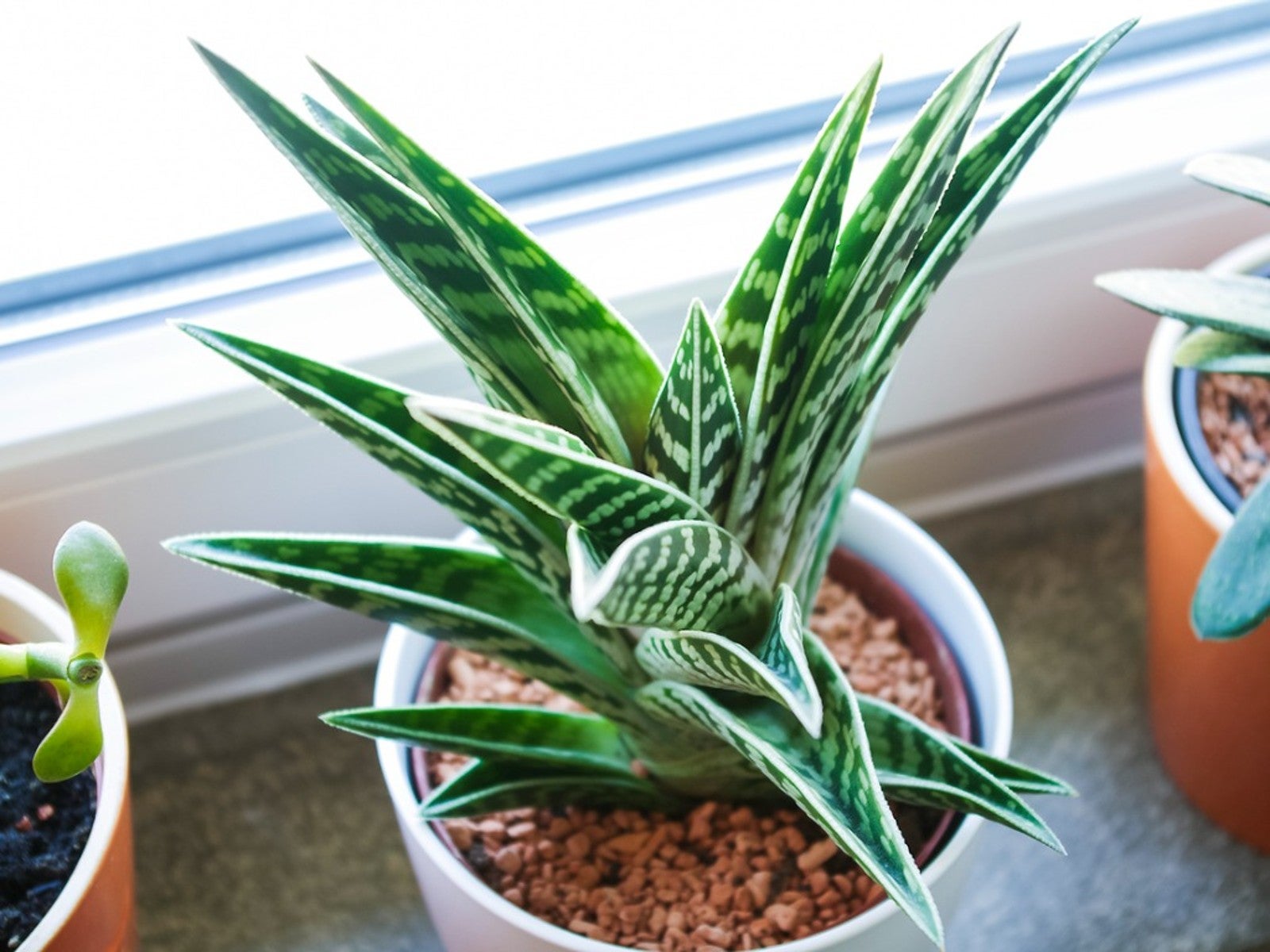 Variegated Succulents To Add To Your Plant Collection
Variegated Succulents To Add To Your Plant CollectionRead about some of the pretty variegated species that add beauty and interest to your succulent collection.
By Becca Badgett
-
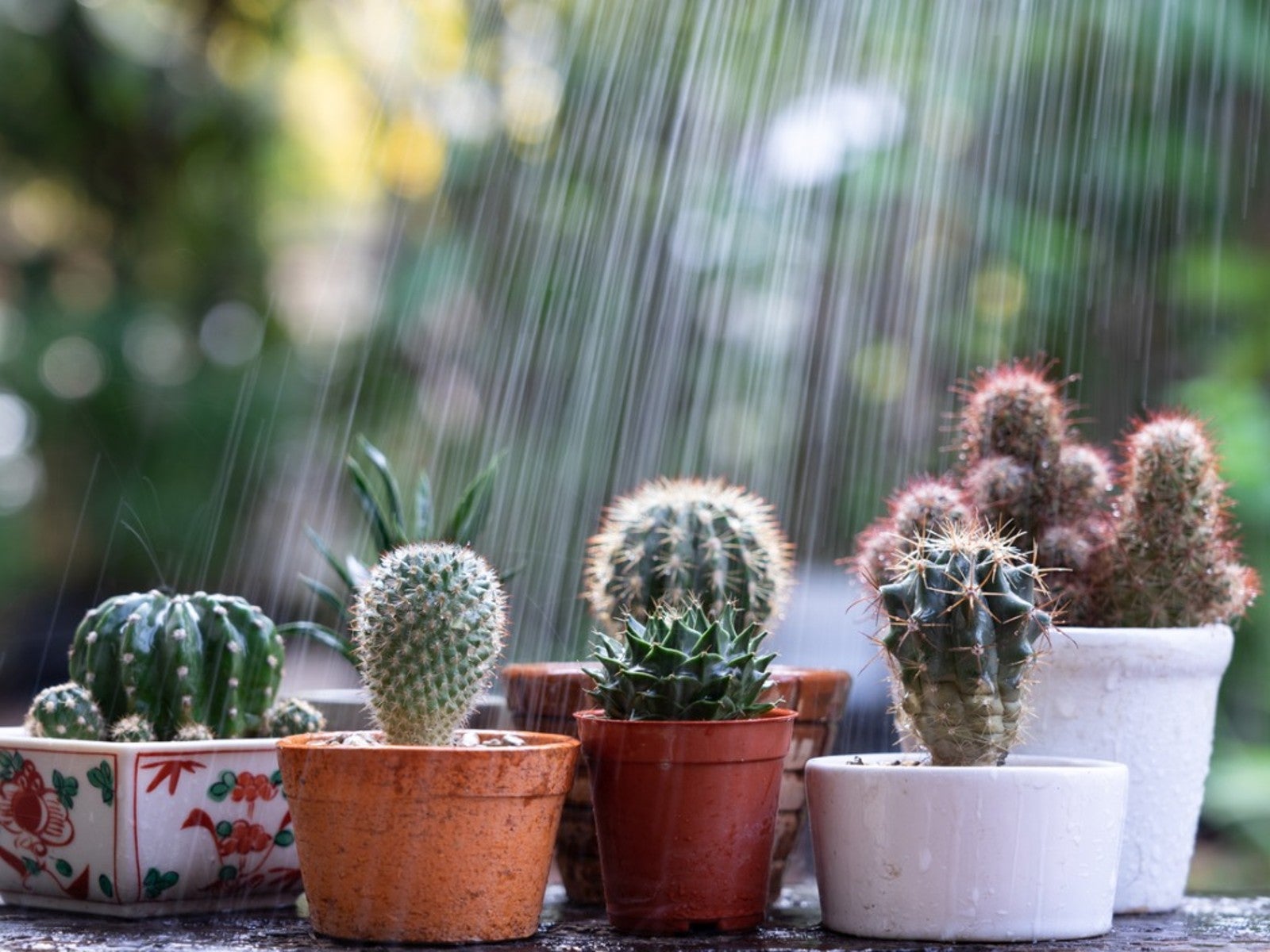 How To Protect Succulents And Cacti From Rain
How To Protect Succulents And Cacti From RainRain has the potential to cause damage to our cacti and succulents. However, when planted in proper soil, rainfall may perform as just a deep watering. Read on for more.
By Becca Badgett
-
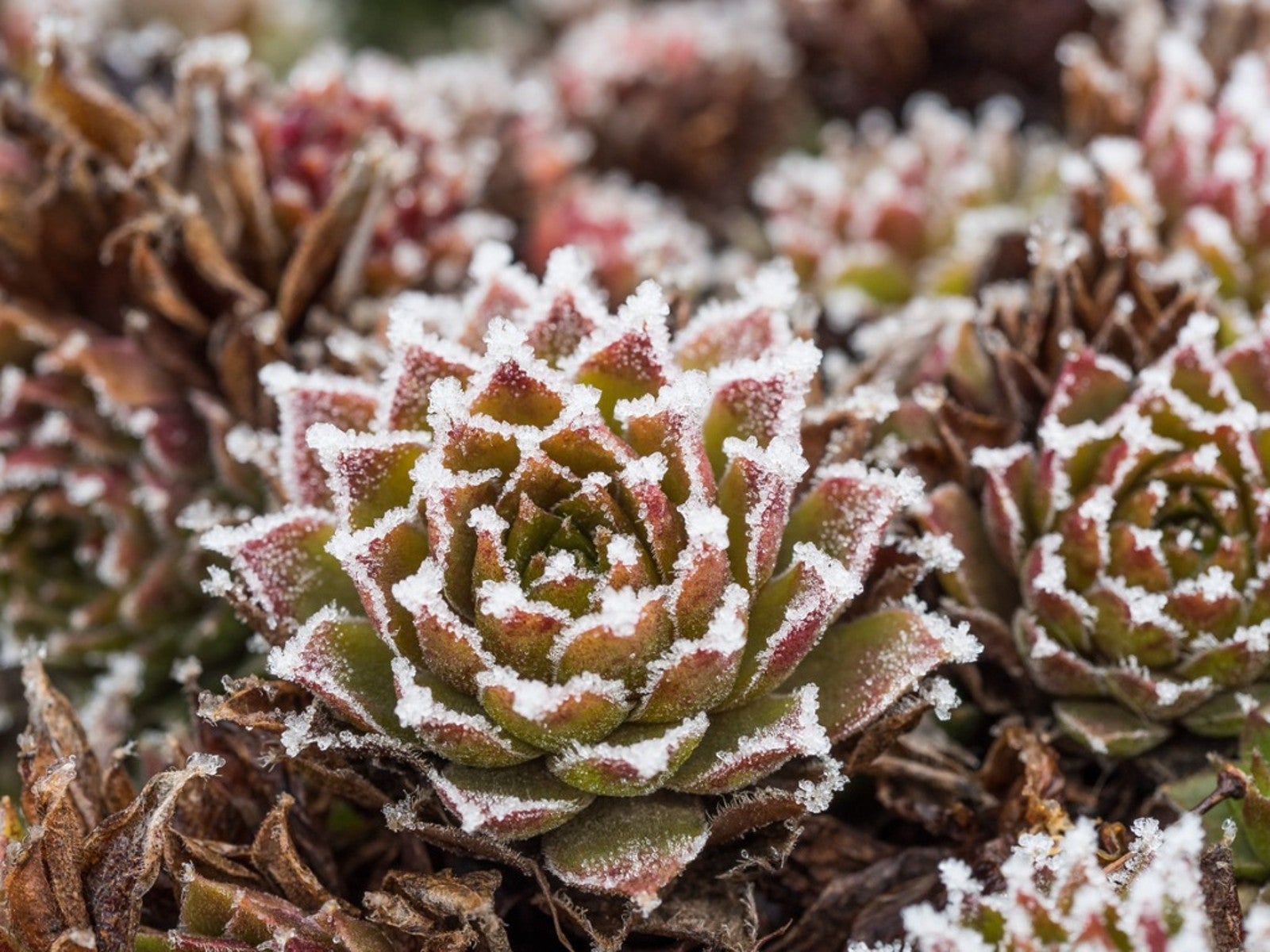 Succulents and Frost: How To Save A Succulent From Frost Or Freeze
Succulents and Frost: How To Save A Succulent From Frost Or FreezeCan succulents withstand cold? Succulents and frost don't traditionally go together and can result in damage, but you may be able to save frozen succulents.
By Bonnie L. Grant
-
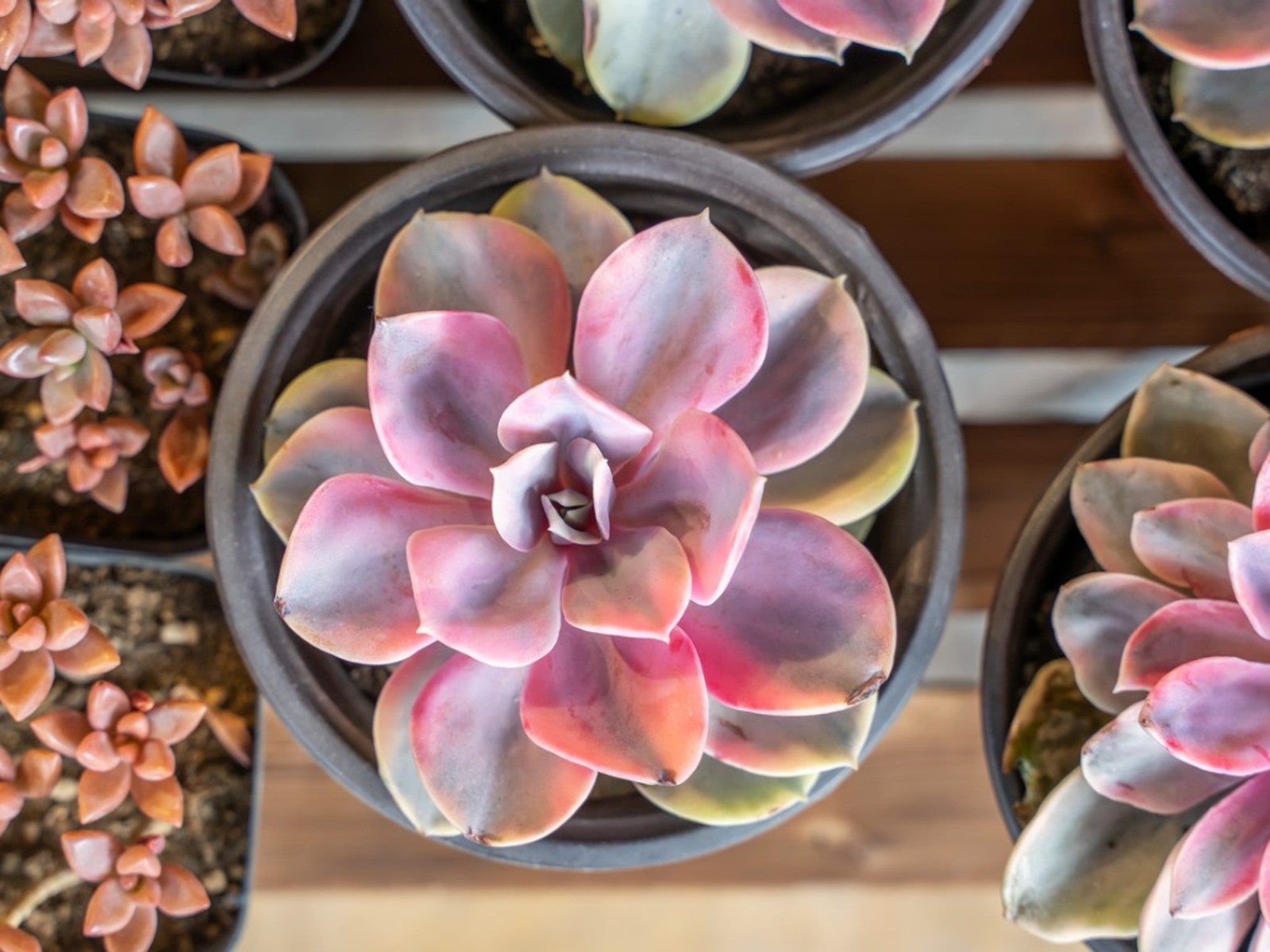 Pink Succulents Varieties To Try: How To Grow Perfect Pink Succulent Plants
Pink Succulents Varieties To Try: How To Grow Perfect Pink Succulent PlantsPink succulents may display the color on leaf edges or with streaks or blotches mingled throughout the foliage. Here are our favorites.
By Becca Badgett
-
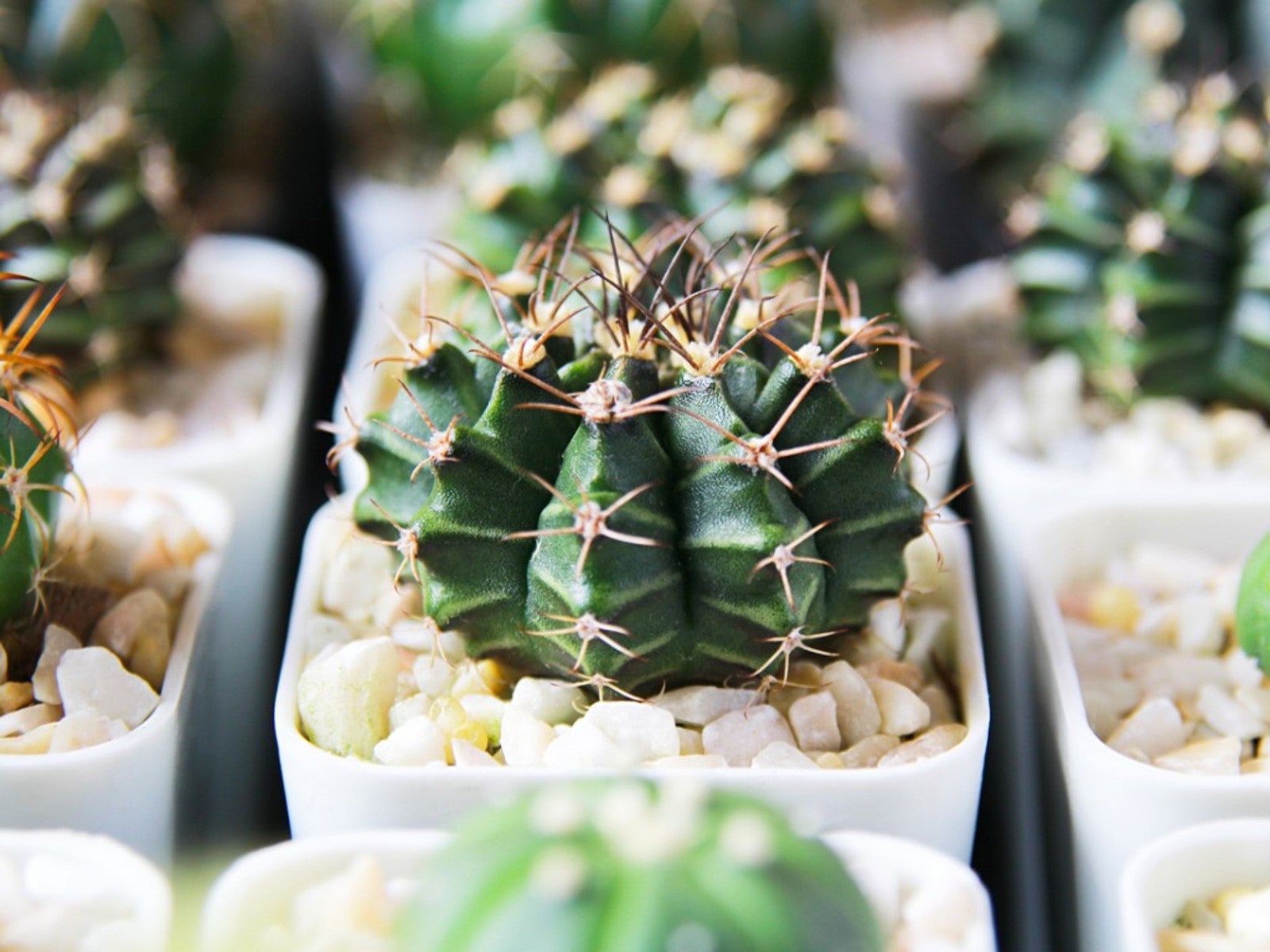 10 No Fuss Cacti - What’s The Best Low Maintenance Cactus
10 No Fuss Cacti - What’s The Best Low Maintenance CactusIf you’re thinking of adding plants to your collection, consider no fuss cacti. Click here for an easy cacti list, even for beginners.
By Becca Badgett
-
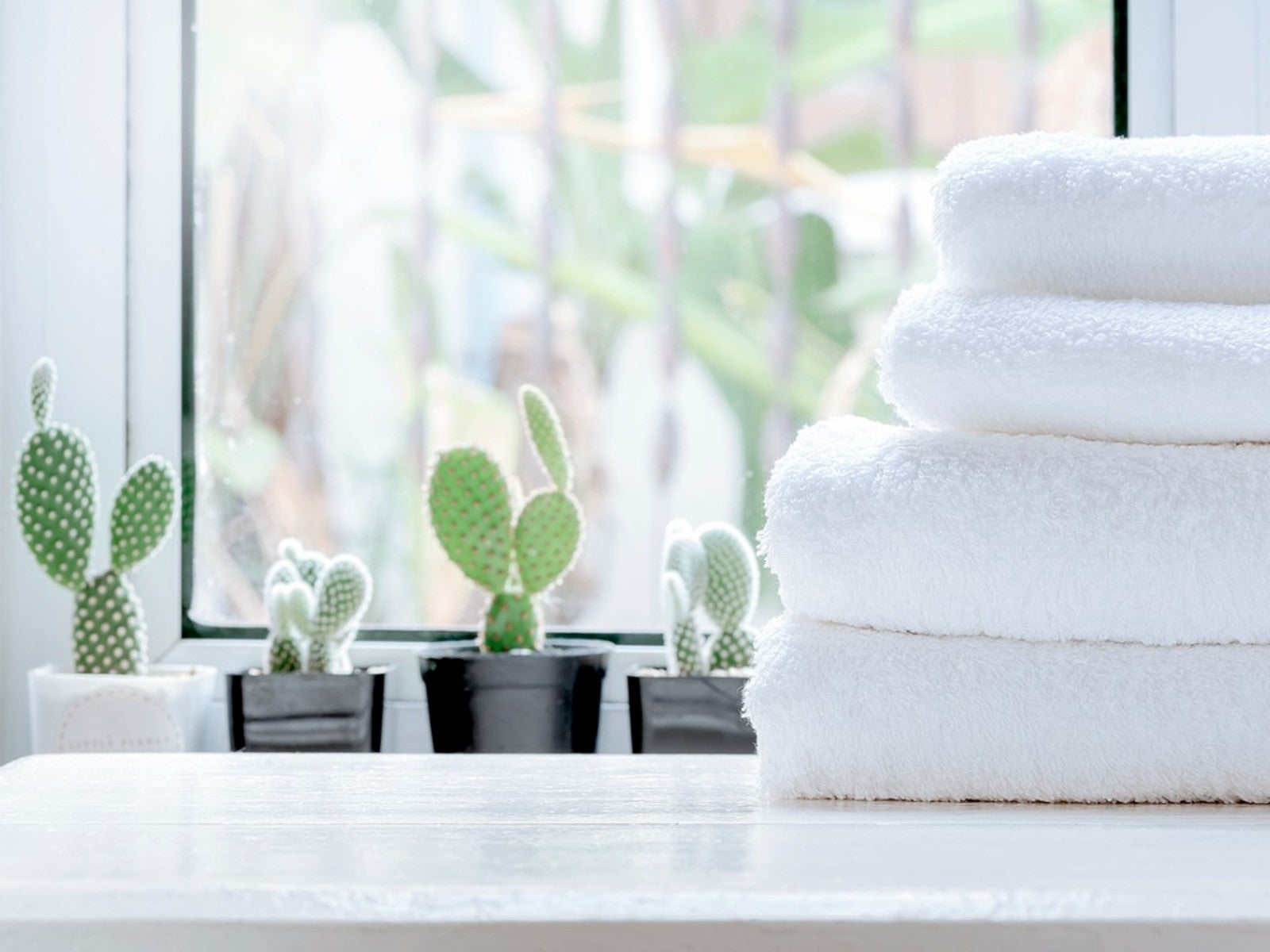 5 Best Succulents For A Bathroom
5 Best Succulents For A BathroomSome succulents can be great options for bathroom decoration. Read on for our top five bathroom succulent ideas.
By Becca Badgett
-
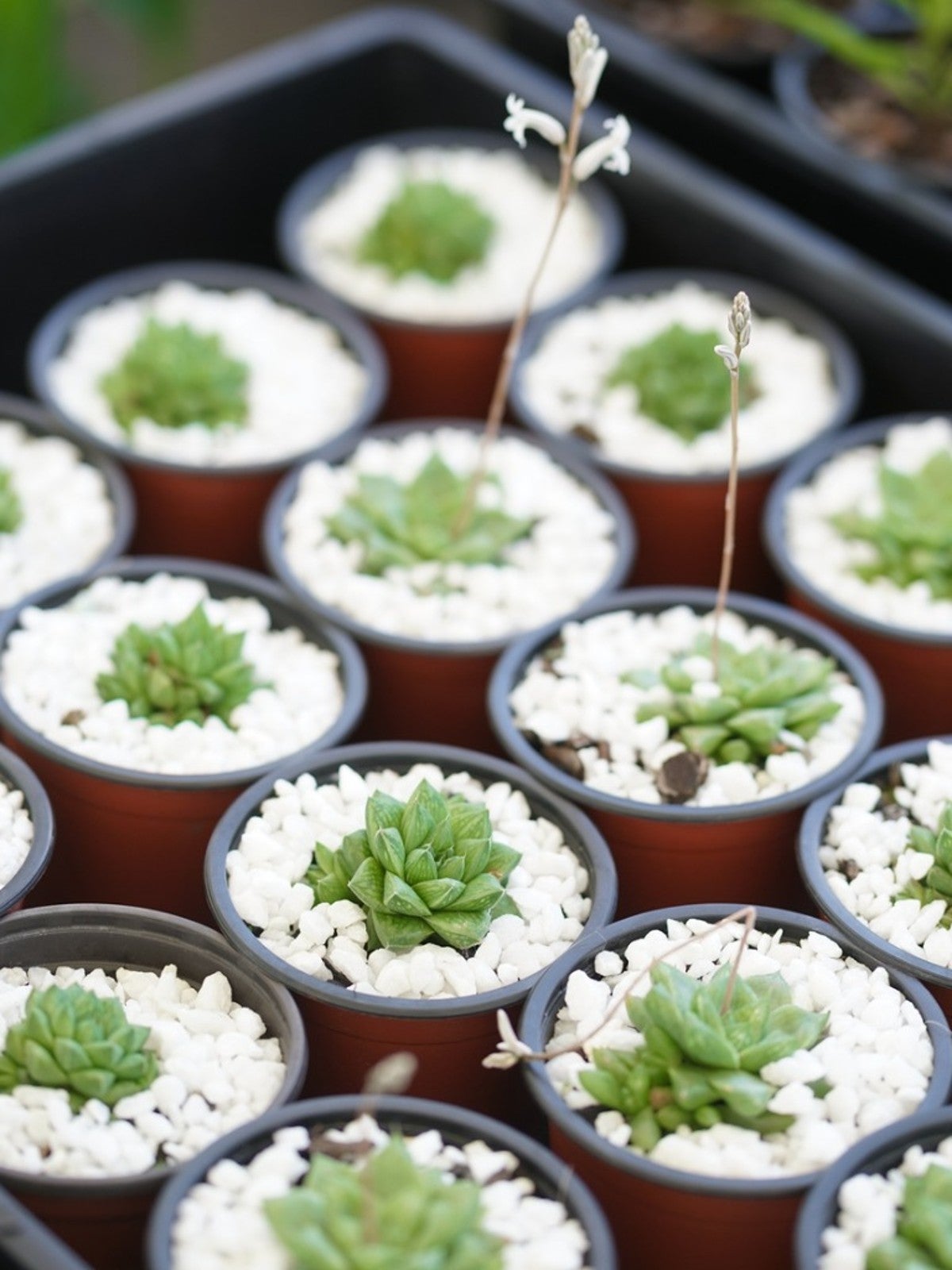 What Is A Succulent Starter Kit - Best Succulent Starter Kits
What Is A Succulent Starter Kit - Best Succulent Starter KitsWhile garden kits are not the most inexpensive option for growing succulents, they do include everything you’ll need. Grow succulents from seed by using a succulent seed starter kit to learn the process and to check your results.
By Becca Badgett
-
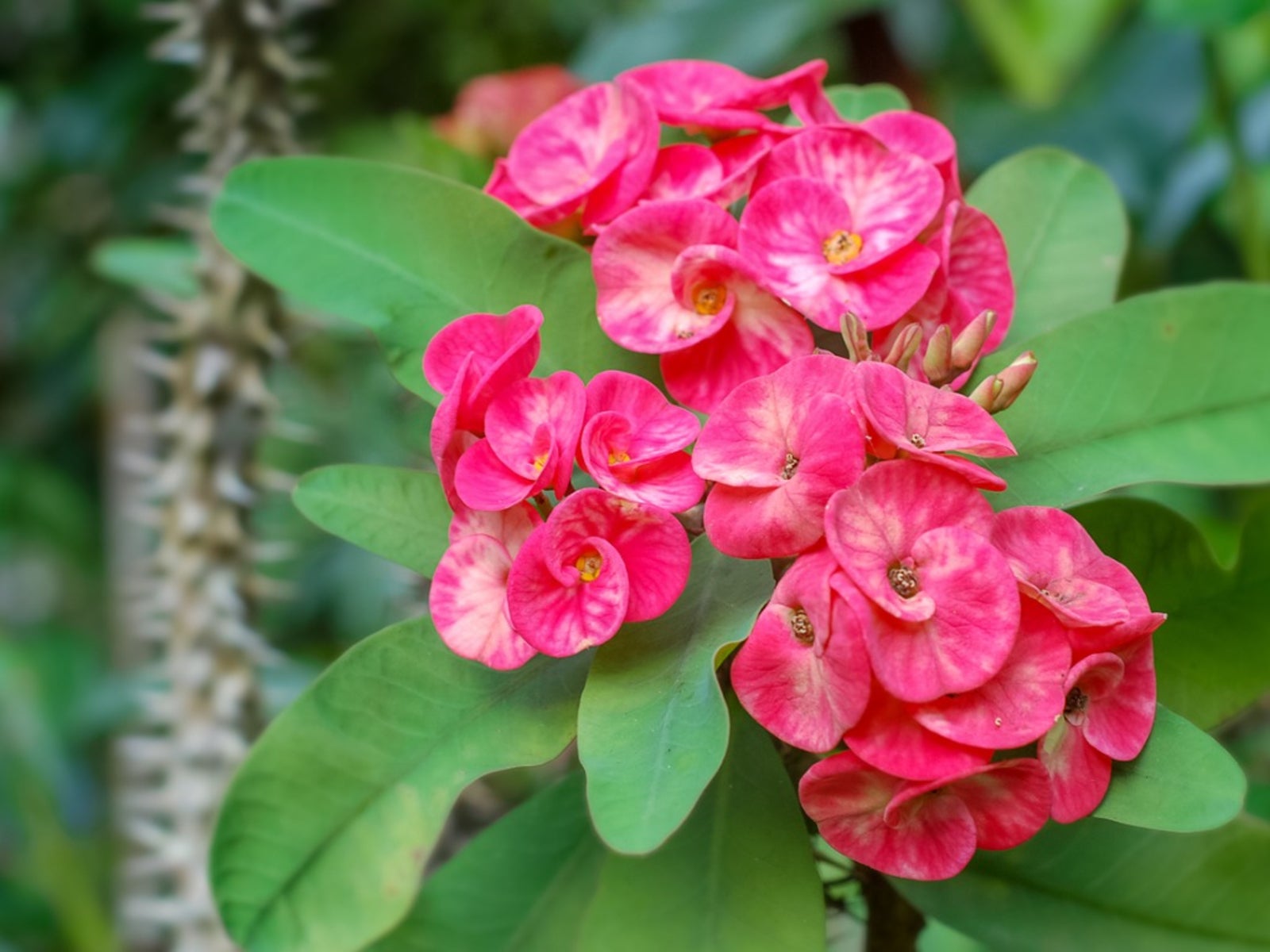 Dazzling Succulents - Succulents With Striking Flowers
Dazzling Succulents - Succulents With Striking FlowersWhen you think of succulents you may just envision their unique leaves and stems. But succulents also produce bright and bold flowers in the right conditions. Read on to learn more.
By Bonnie L. Grant